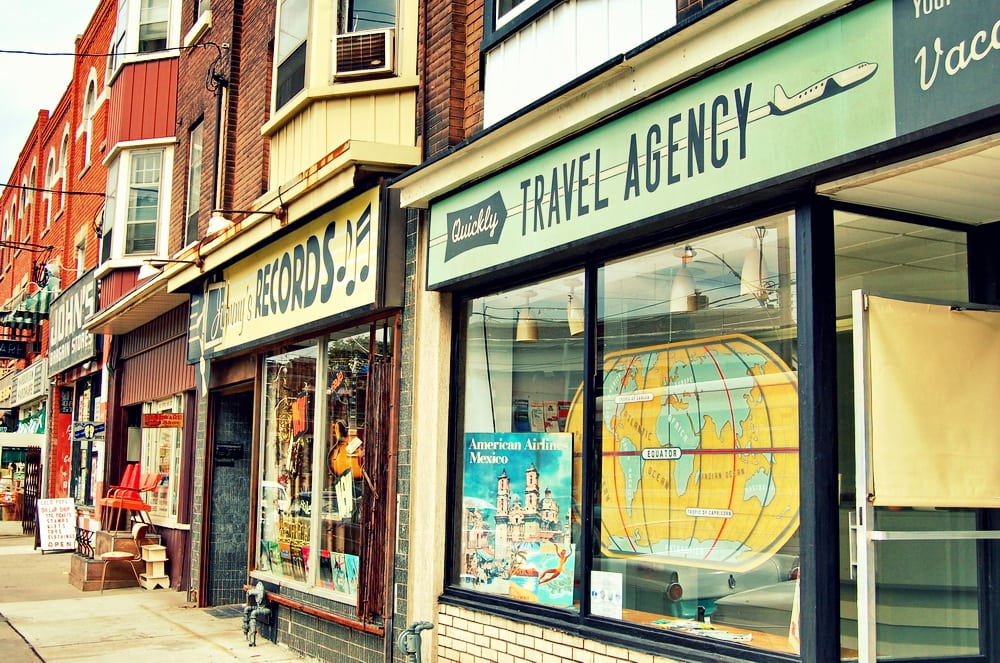U.S. Travel Agencies Trade In Storefronts for Home Offices

Skift Take
This study looks at the changing proportions of business models without taking into account the actual volume of agencies. The focus on market share rather than hard numbers hides the true health of the industry.
U.S.-based travel agents are closing their storefronts and setting up home offices in large numbers.
The number of travel agency storefronts has dropped by more than 20 percent in the last four years, while at the same time, the number of one-person, home-based agencies and personal offices has jumped by more than 60 percent.
This is according to the latest member profile of the travel agency association ASTA, published in March 2014. The profile is reflective of the demographics of the 105,000 full-time workforce.
There are several drivers behind the
